Miracast is one of the most loved features on Windows. It’s probably the easiest way to mirror your computer’s screen to other wireless display devices. This feature is not just limited to laptops. You can even cast your mobile phone or smart TV to a laptop, and vice-versa also works. However, many times, you may face issues with the error message “this device doesn’t support Miracast, so you can’t project to it wirelessly”.
The Miracast issue is not limited to the old Windows 10. Many Windows 11 users are also dealing with the same problem. This feature requires the same Wi-Fi connection on both devices. Most modern devices support wireless displays, which makes them easy to cast to other devices. There could be multiple reasons why Miracast is not working on your Windows 10 or Windows 11 laptop. It includes display driver issues, incorrect Wi-Fi settings, or devices not connected to the same Wi-Fi network. There’s also a possibility that a third-party app might conflict with the Miracast service.
Also Read
How to Fix If Brightness Slider Missing on Windows 11 and 10
How to Fix Scanner Not Working Issue on Windows 11
How To Fix No Audio Output Device Is Installed In Windows 10/11
How to Fix If Alt+Tab Shortcut Not Working on Windows 11
Fix: Mouse Scroll Wheel Jumps Up and Down on Windows 10, 11
Fix: Windows 11 Won’t Wake Up From Sleep With Keyboard or Mouse
How to Enable New CoPilot AI in Windows 11 23493
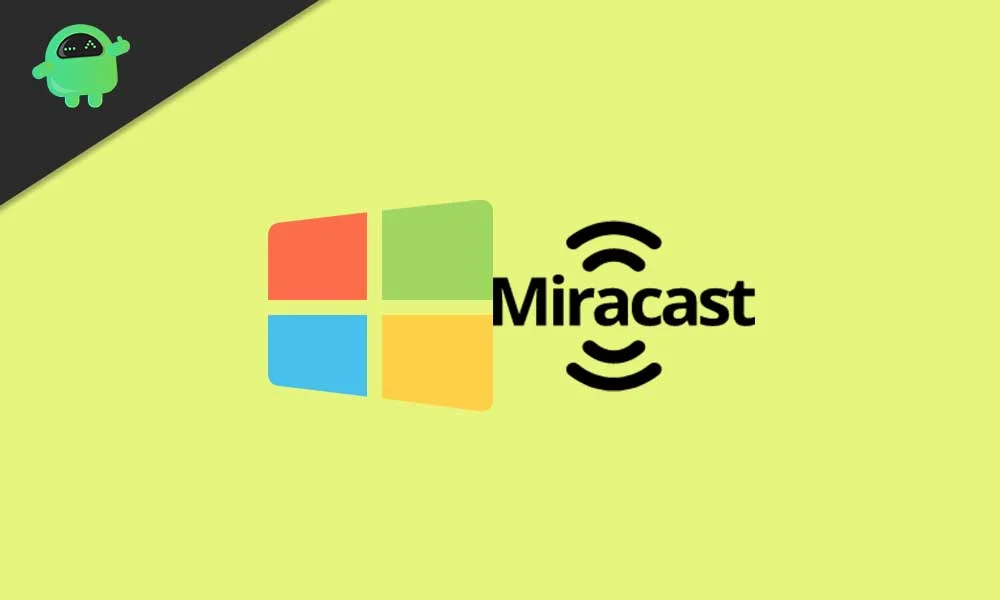
Before we directly jump to the troubleshooting steps, we recommend you to confirm that the device supports Miracast. Here’s how to check it in two ways.
1. Check Miracast support using Windows shortcut
Press Windows + P shortcut to open the wireless display settings. If you get the message your device doesn’t support a wireless display, it means your device does not support Miracast. However, if you see the projecting options as shown in the image below, your device supports Miracast.
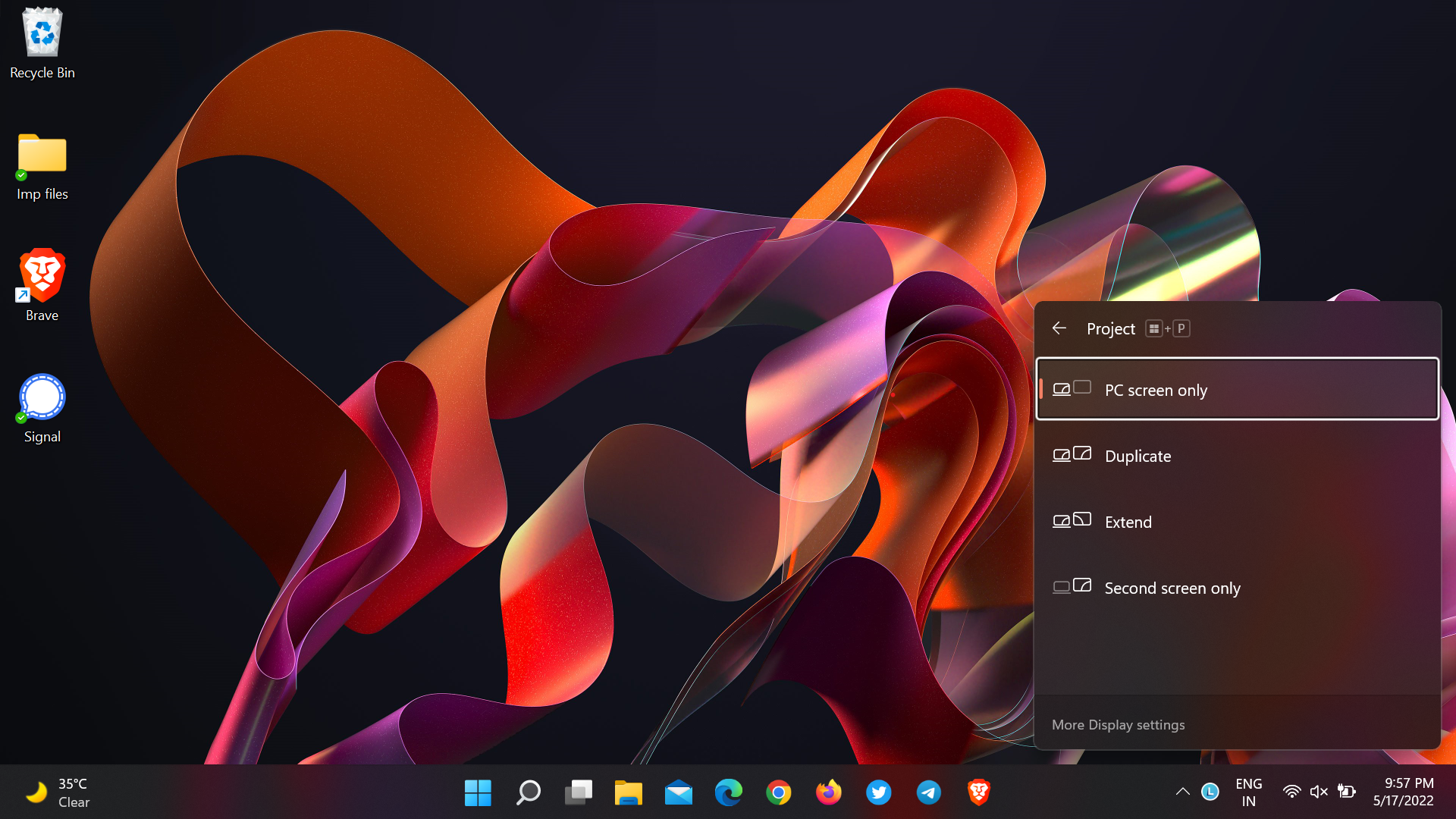
2. Check Miracast support using Windows Powershell
- Open the search bar.
- Search Windows Powershell and open it.
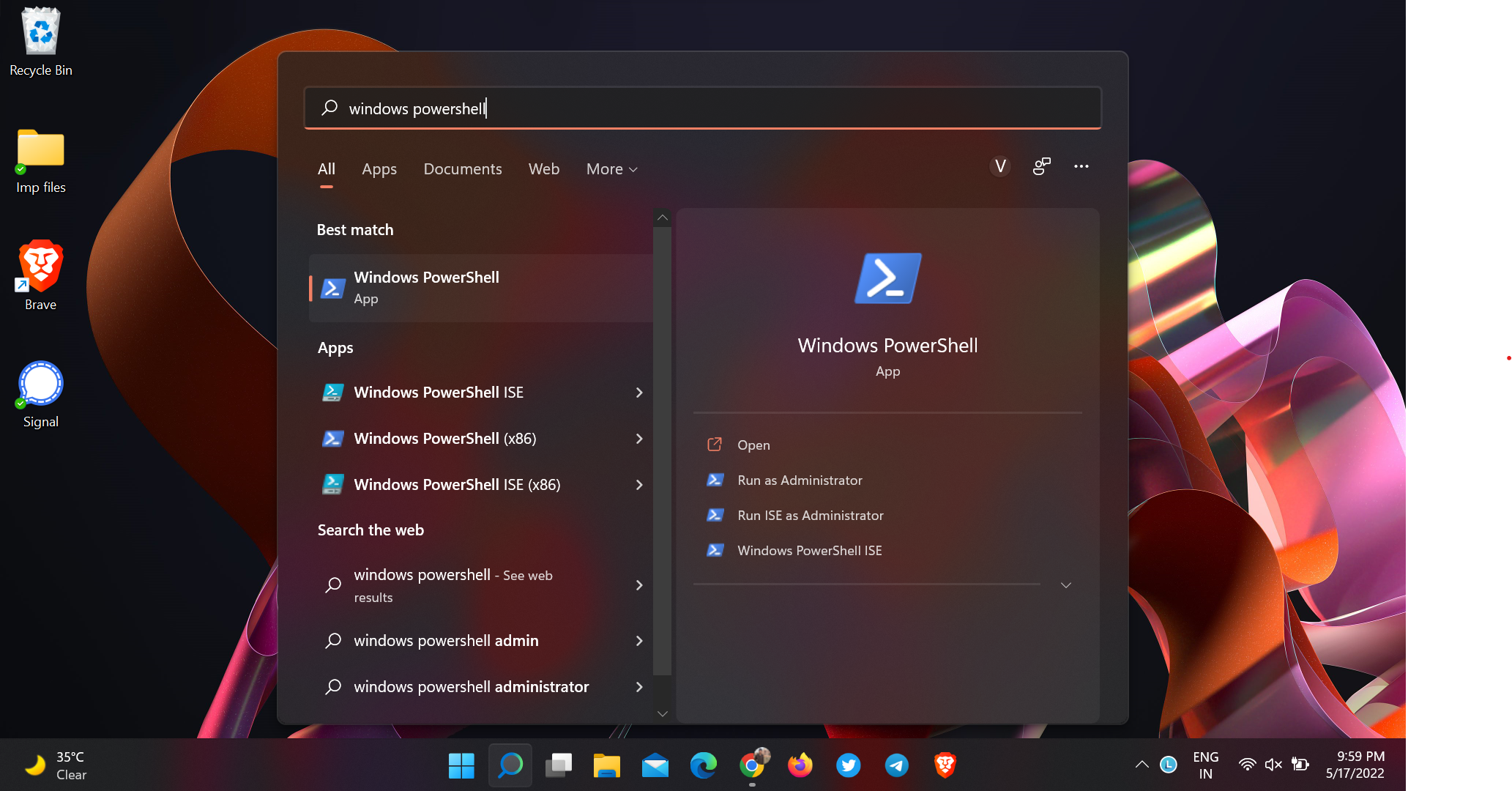
- Type the following command and press the Enter button.
Get-netadapter|select Name, ndisversion
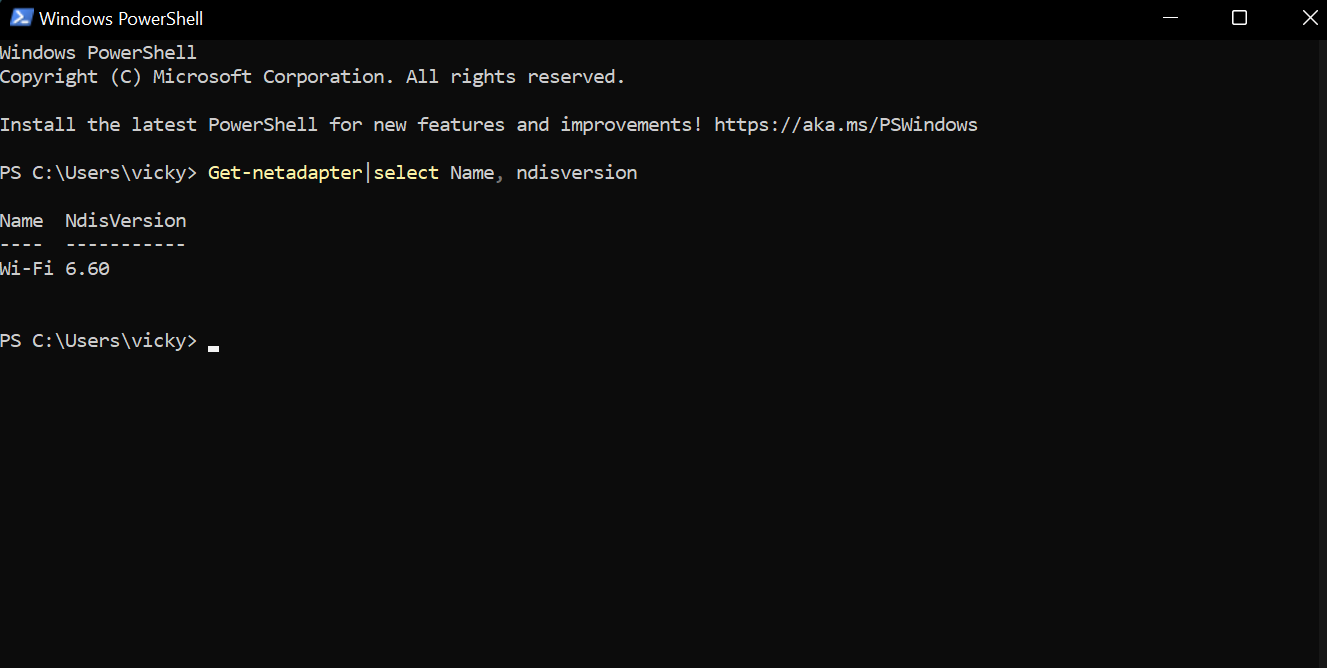
- Your system is compatible to run Miracast if the NdisVersion for Wi-Fi is 6.30 or above. Don’t worry, if your device does not have the required Wi-Fi NdisVersion. You can update the driver to fix this issue.
Here are some ways to fix the Miracast not working issue on Windows 10 and 11.
Page Contents
Here’s How to Fix Miracast Not Working Issue on Windows 11 and 10
1. Connect Both Display Devices to the Same Wi-Fi Network
Miracast works only when your PC and other device is connected to the same Wi-Fi network. If you connect both devices to different Wi-Fi networks, you are likely to face issues in screen mirroring.
- Click on the Wi-Fi icon located on the bottom right side.
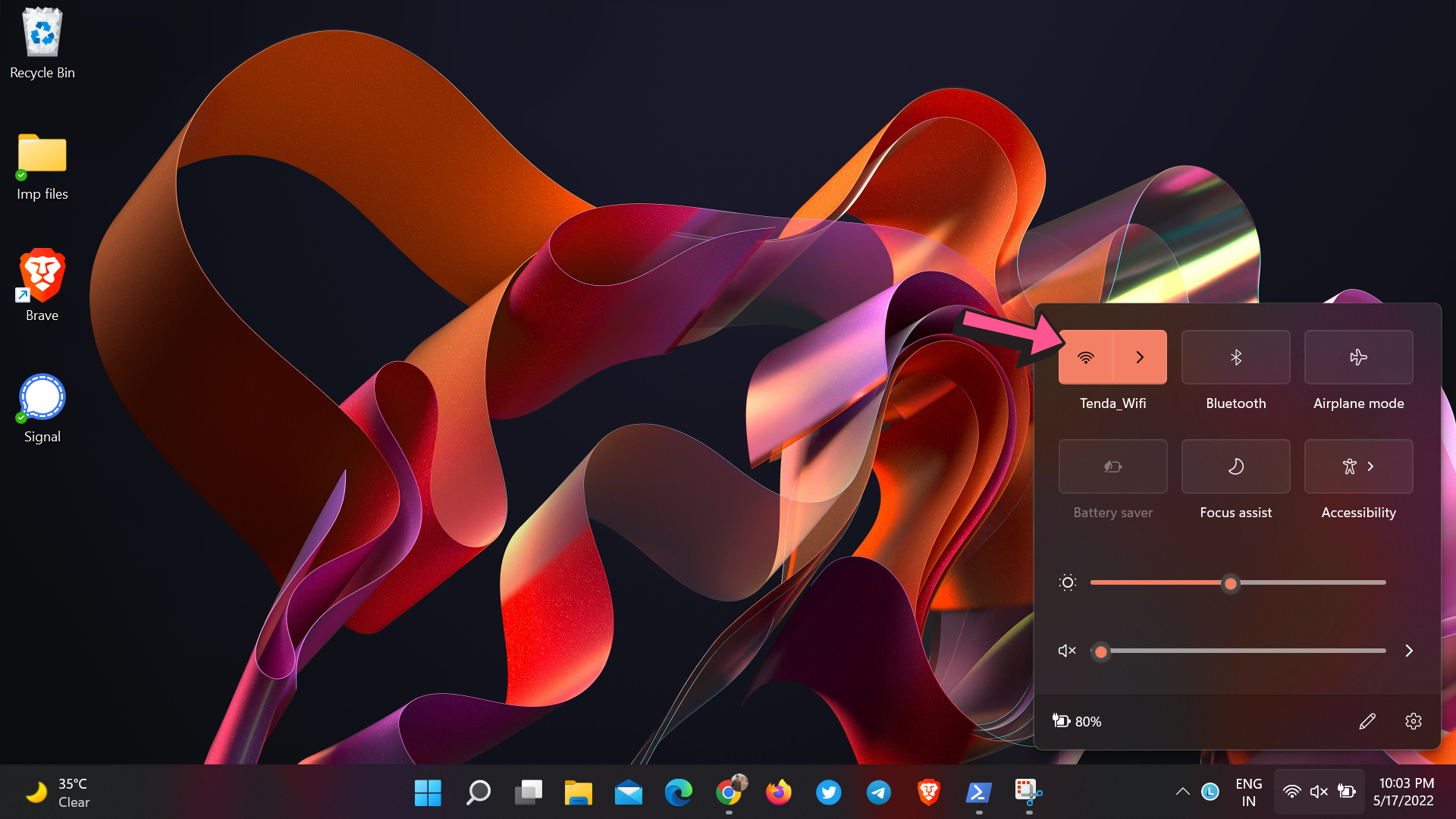
- Select your Wi-Fi network from the list of available networks.
- Enter the password and connect to the Wi-Fi network.
- Now, connect the other device to the same Wi-Fi network.
- Open the Connect app and check if the issue is solved.
2. Update Network Drivers
The outdated network drivers could be the reason, why you are not able to use the Miracast feature on your PC. Updating the network drivers also brings the latest version of the NdisVersion driver.
- Right-click on the Windows icon (or the start button).
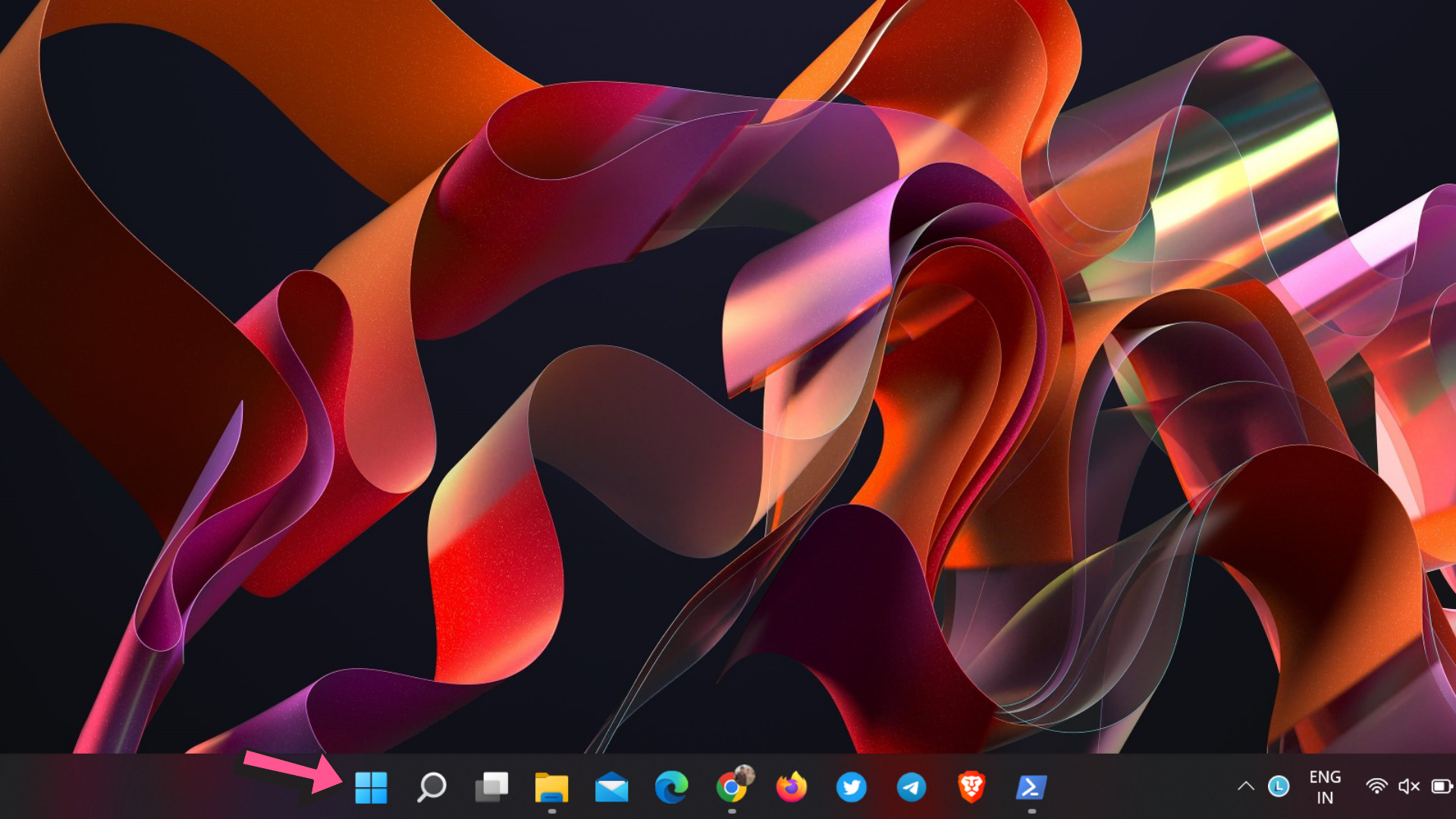
- Search Device Manager and open it.
- Click on the right side arrow before the Network adapters to expand the list.
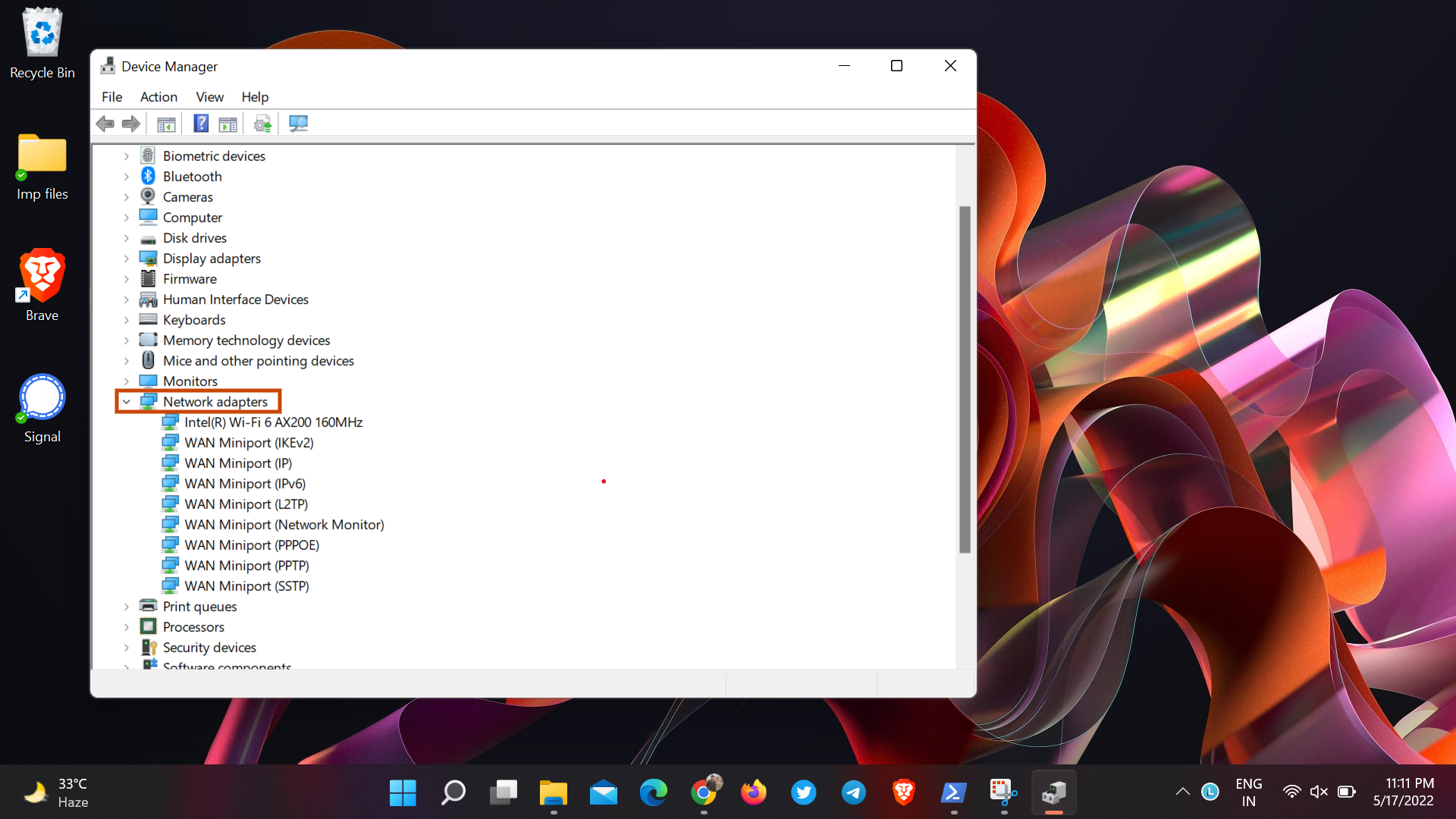
- Right-click on the Wi-Fi adapter and select Update driver.
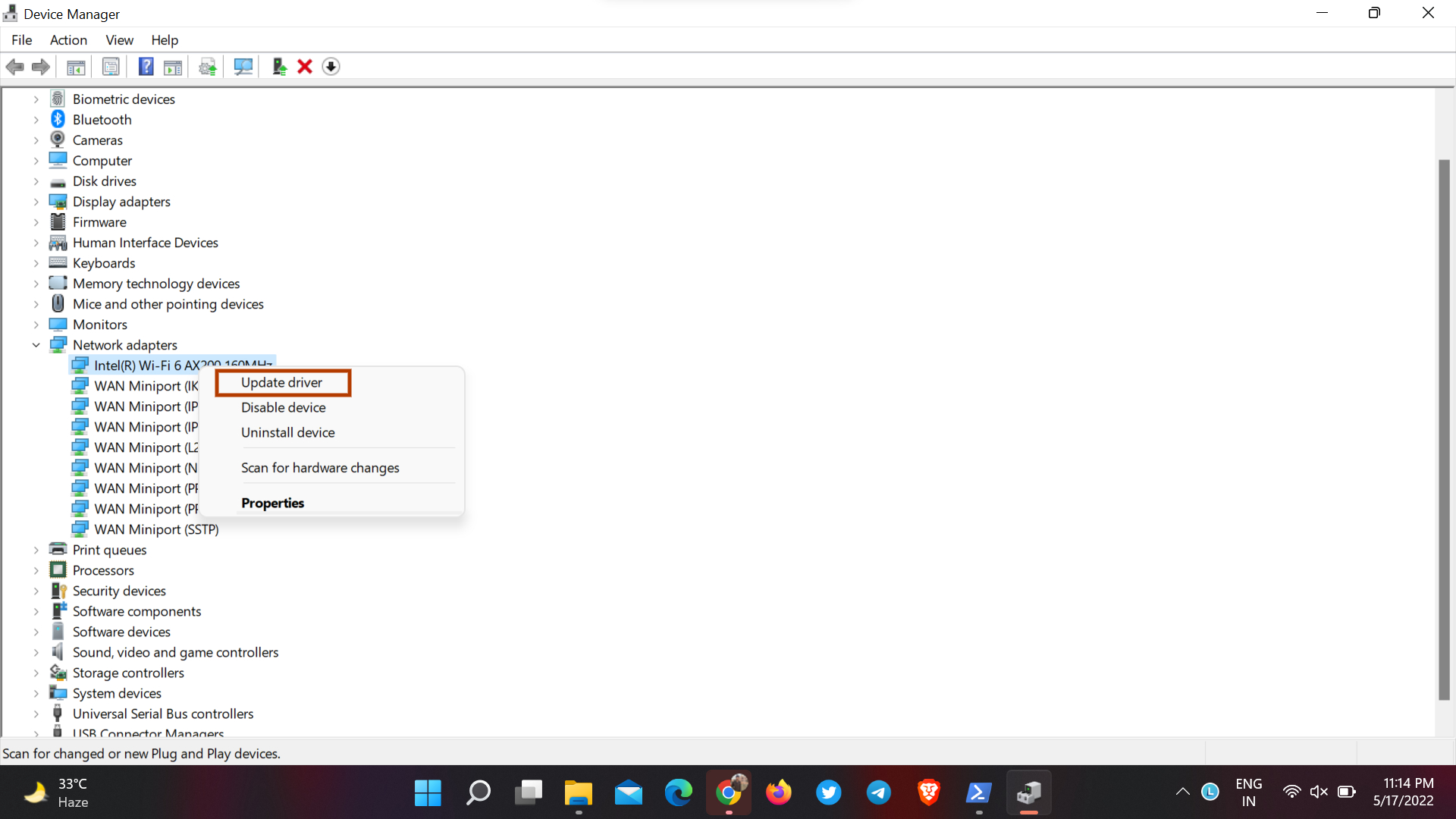
- Click on Search automatically for drivers.
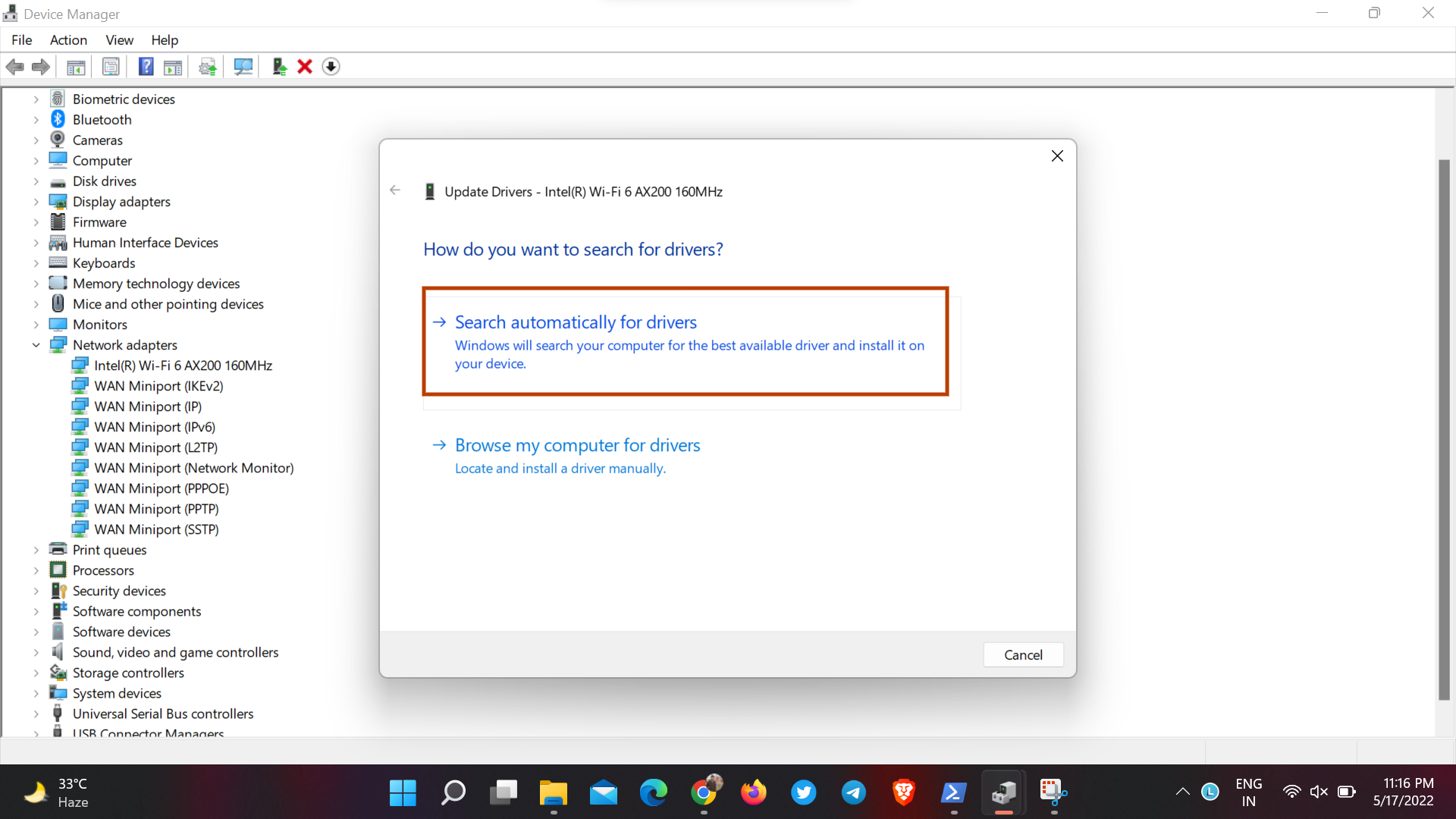
- Windows will look for new drivers. If it shows a new driver available, download and install that.
3. Reinstall the Wi-Fi Adapter
Reinstalling the Wi-Fi adapter can fix network-related problems, including Miracast. Here’s how to do it:
- Open Device Manager on your PC.
- Expand the Network adapter section.
- Right-click on the Wi-Fi adapter and select Uninstall device. Tap on Uninstall to remove it.
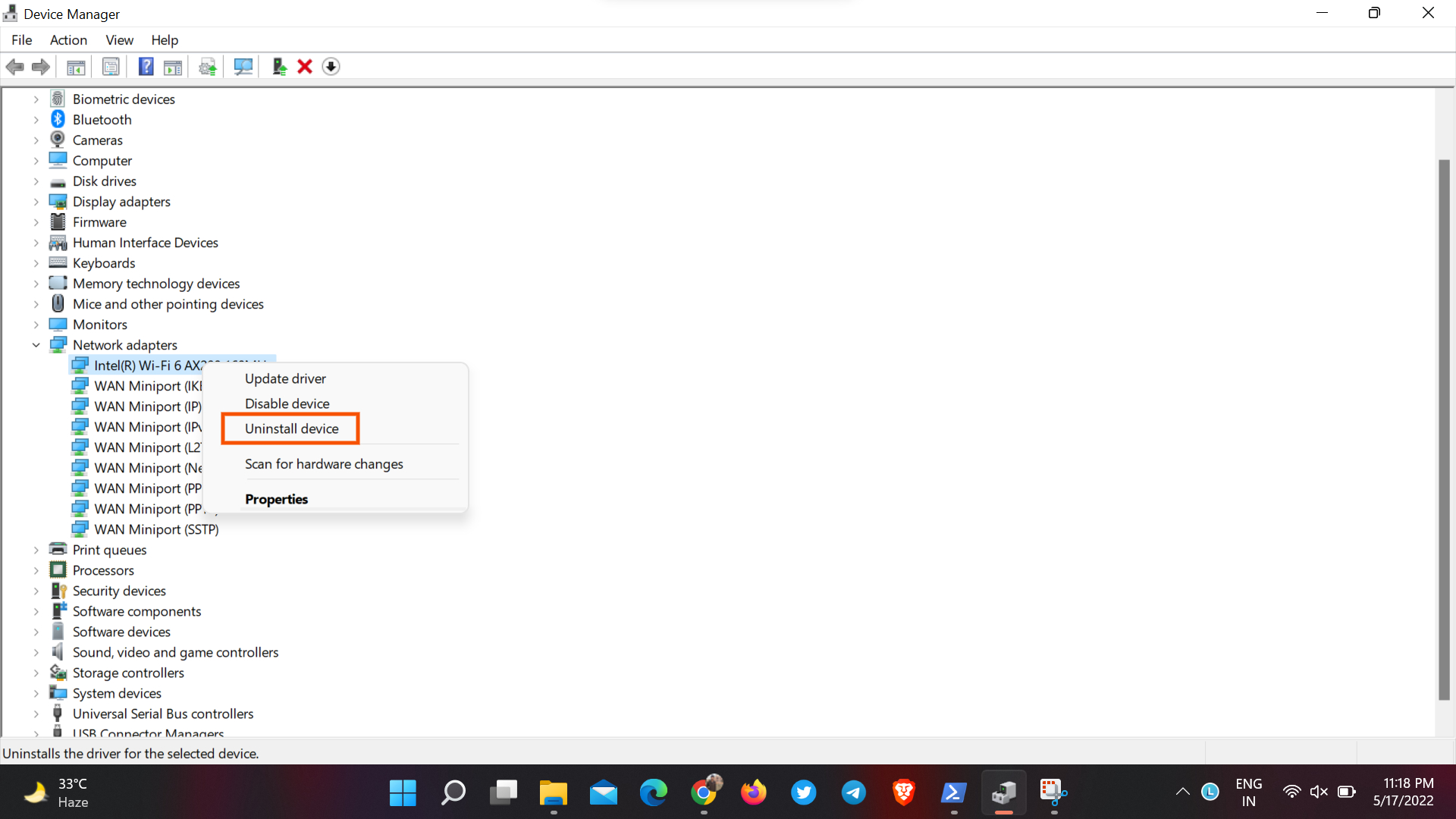
- Below the menu bar, there’s an option to Scan for hardware changes. Tap on it. Windows will look for missing drivers and will install the Wi-Fi adapter automatically.
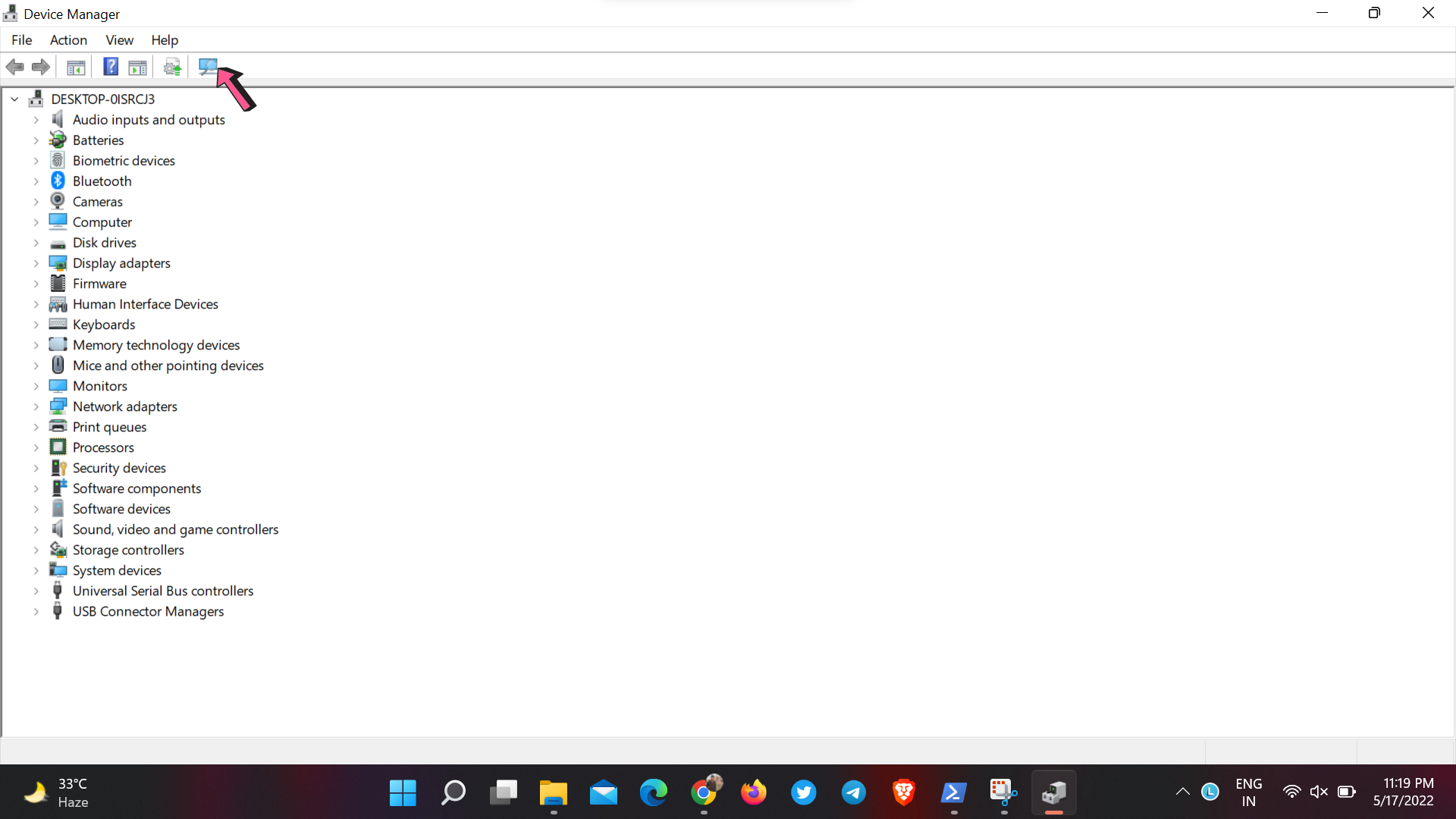
- Now, open the Connect app and check if the issue is solved.
4. Use Windows Troubleshooting
Windows 10 and 11 have an in-built troubleshooting feature that fixes common errors. To run the troubleshooting, follow these steps:
- Open the Settings app on your PC.
- Click on System.
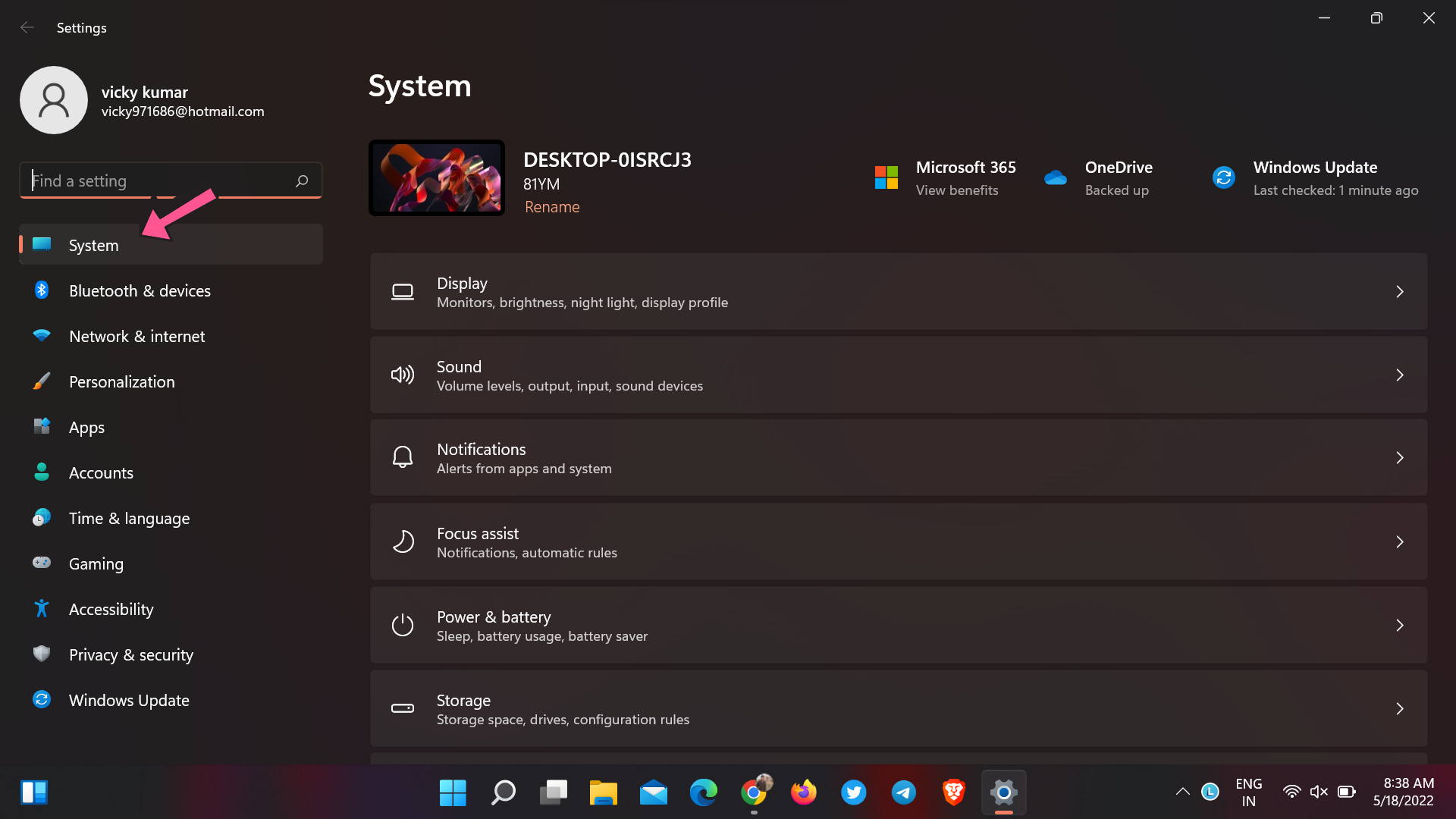
- Select Troubleshoot.
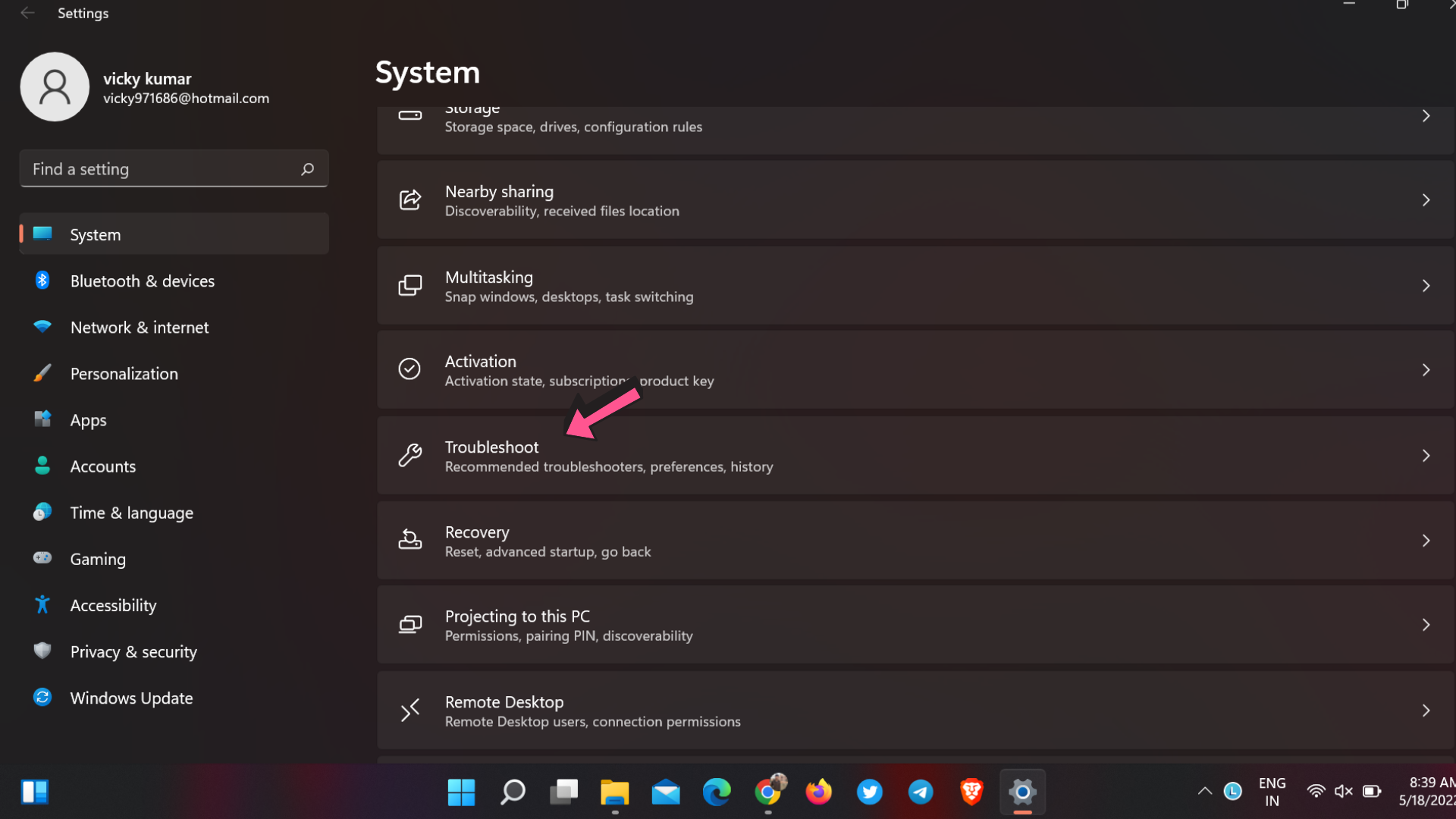
- Select Other troubleshooters.
- Tap on Run next to the Internet Connections. Windows will look for issues and fix them.
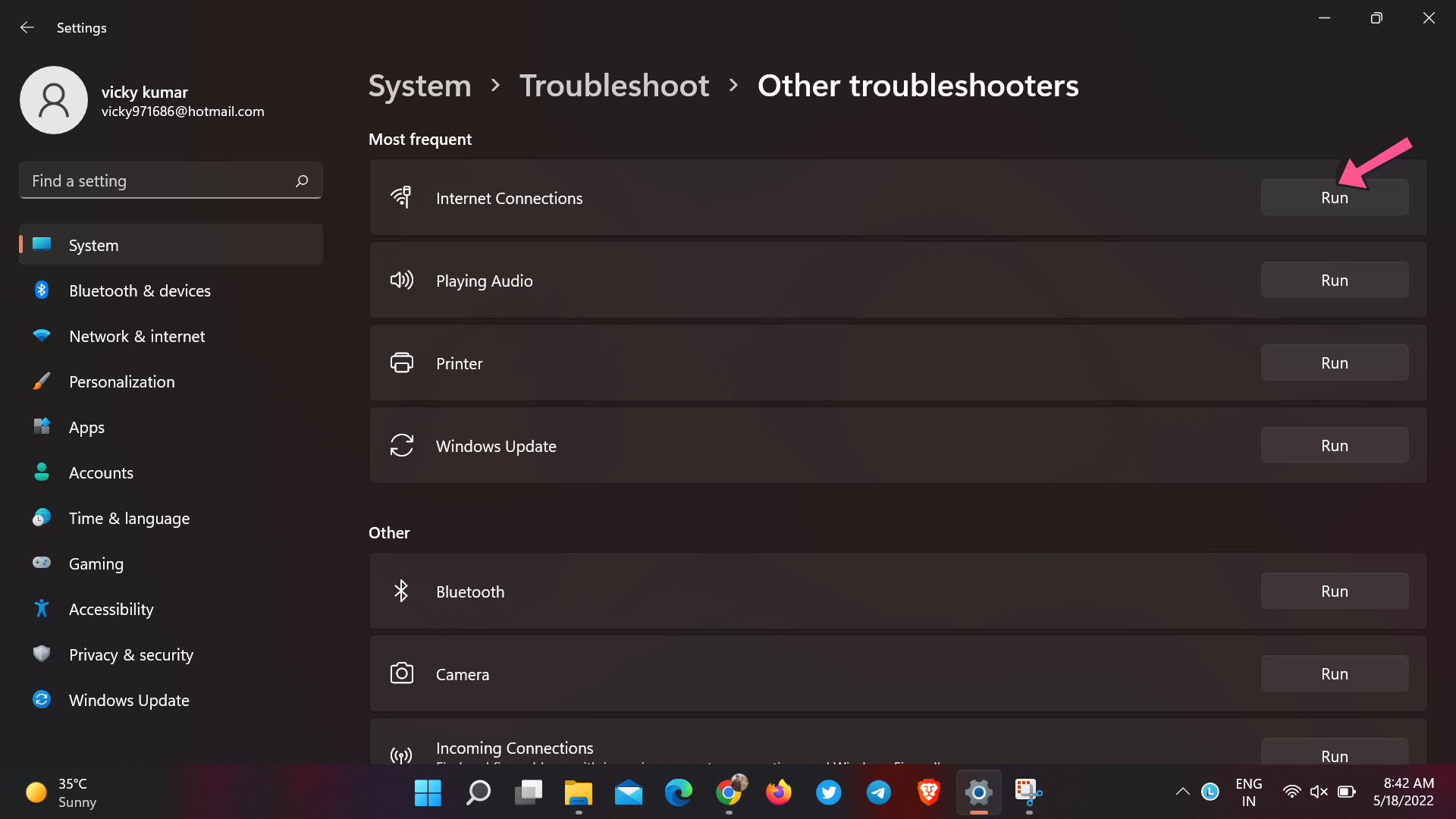
5. Check if Windows Firewall Is Causing the Issue
Windows Firewall might be blocking either private/public internet access to the Connect app. Here’s to check for the issue:
- Open the Settings app.
- Select Privacy and Security from the left pane.
- Tap on Windows Security.
- Click on Firewall & network protection.
- Tap on the Public network (active) profile.
- Toggle the switch for Microsoft Defender Firewall to turn it off.
After disabling the firewall, open the Connect app and check if the issue is solved. if your answer is yes, turn on the firewall and follow these steps to allow Wireless Display through Windows Defender Firewall.
- Open Run by pressing Win + R.
- Type Control and press the OK button to open Control Panel.
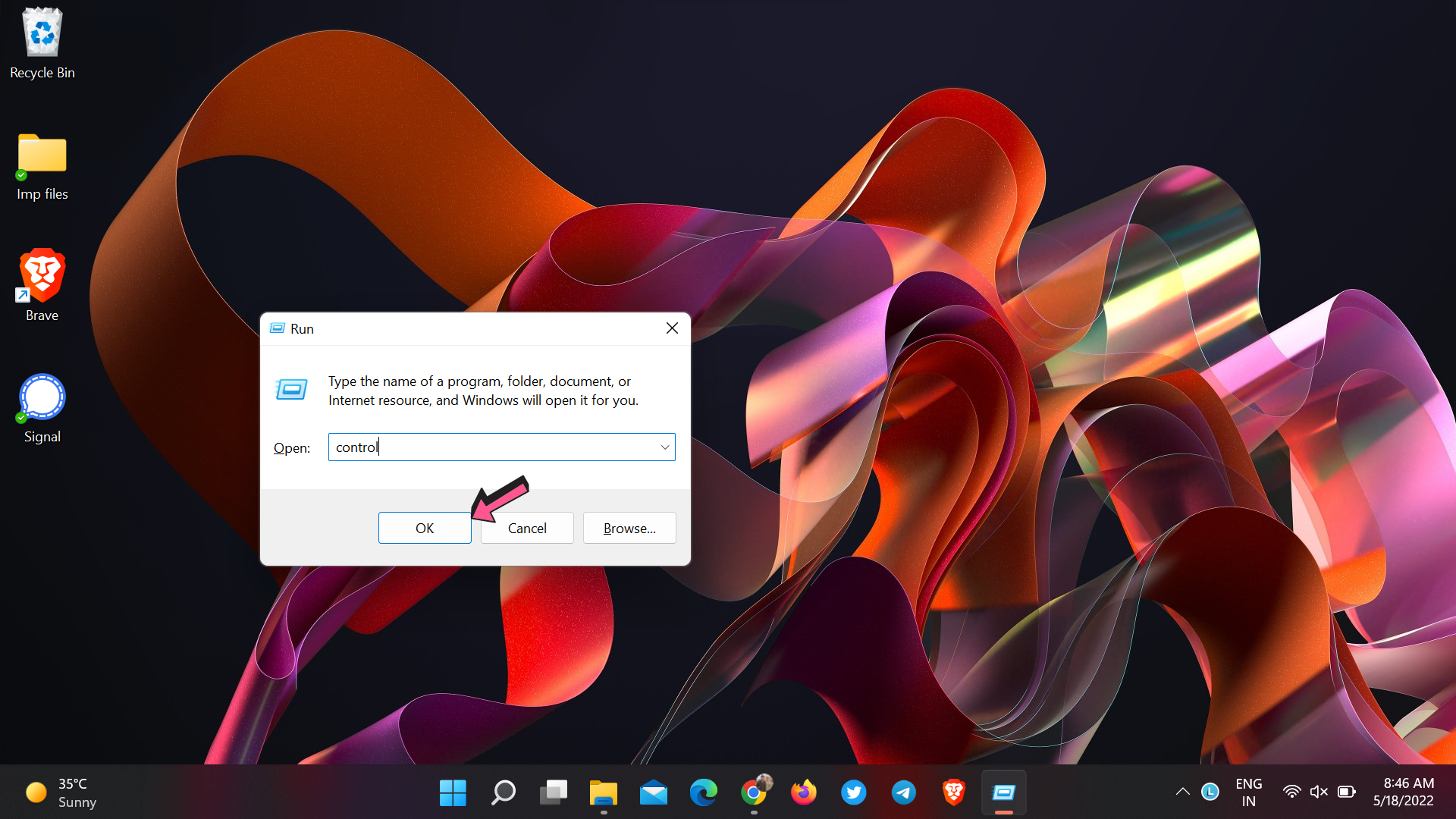
- Enter Firewall in the search box and press the Enter button.
- Click on Allow an app through Windows Firewall.
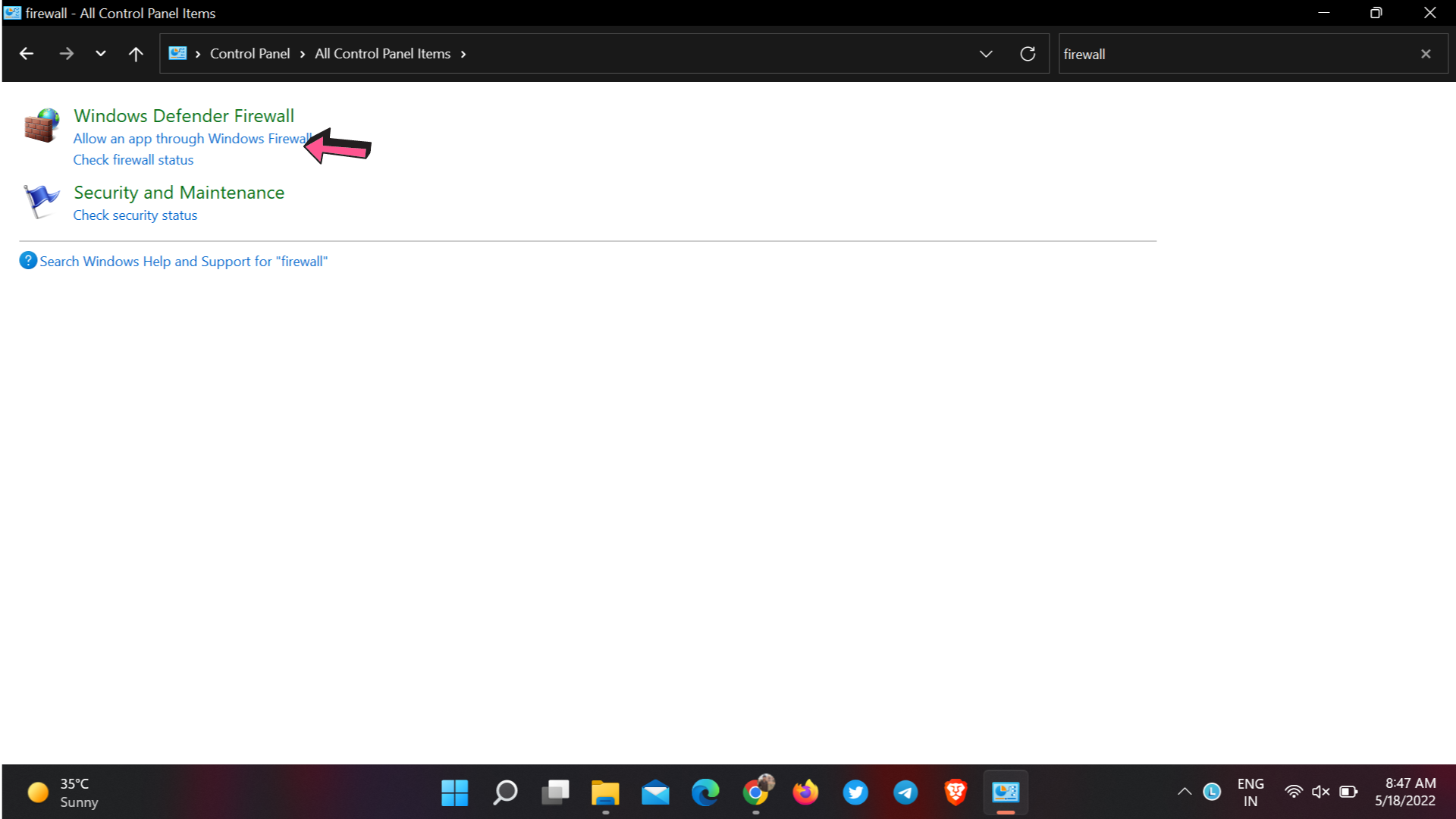
- Tap on the Change Settings button.
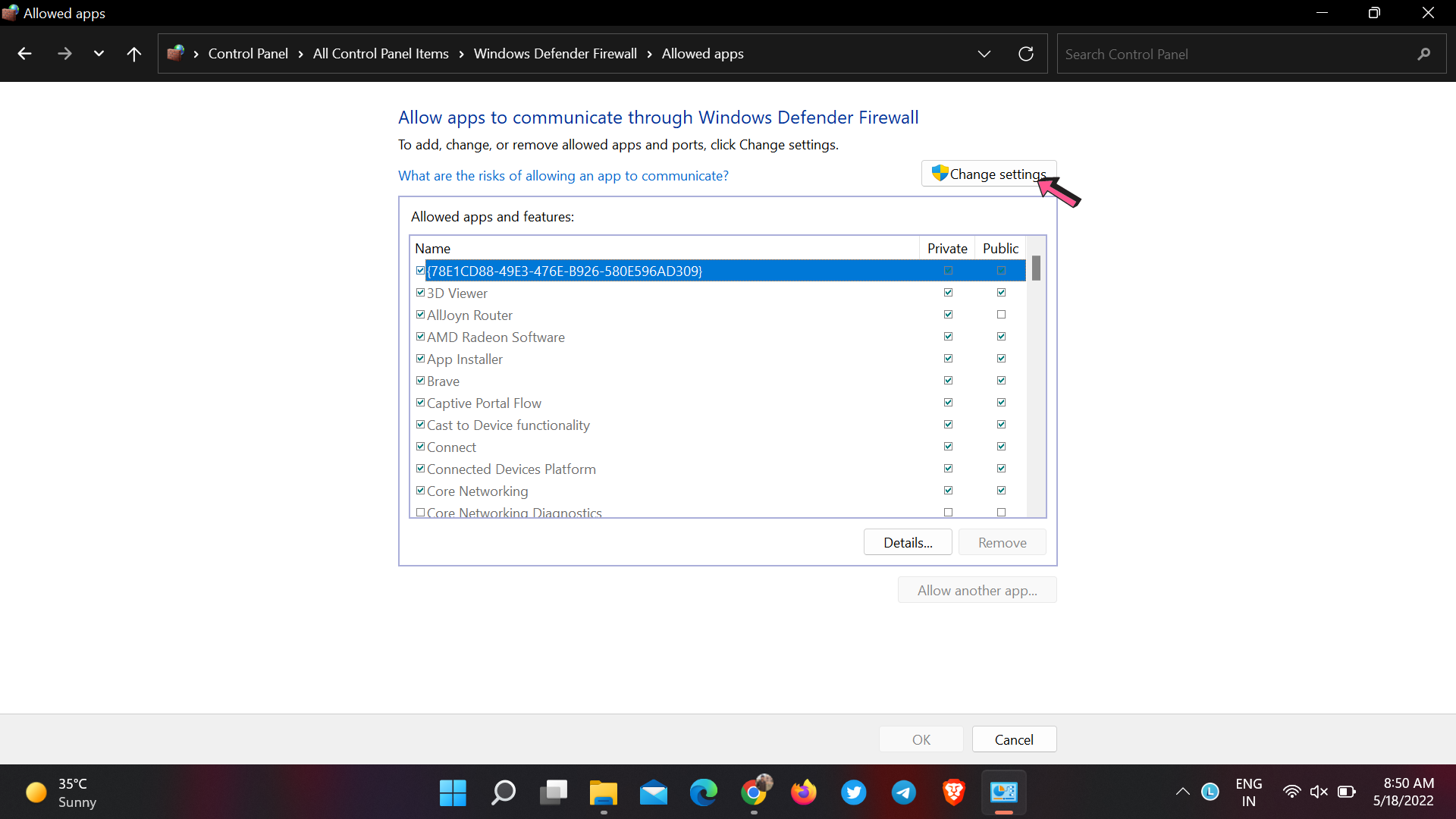
- Find Wireless Display and check both the boxes right next to it.
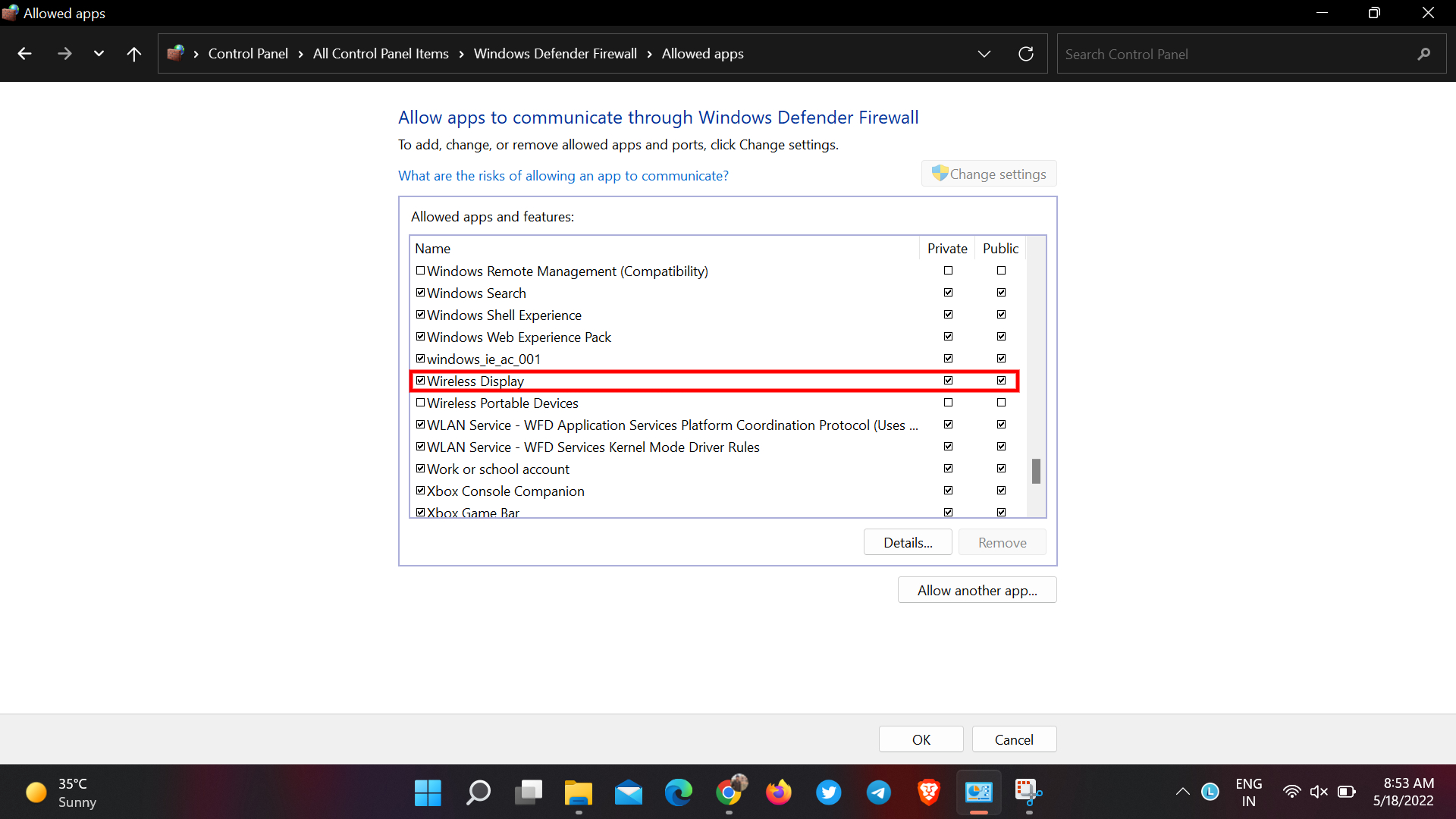
- Now, locate Connect and check both the boxes right next to it.
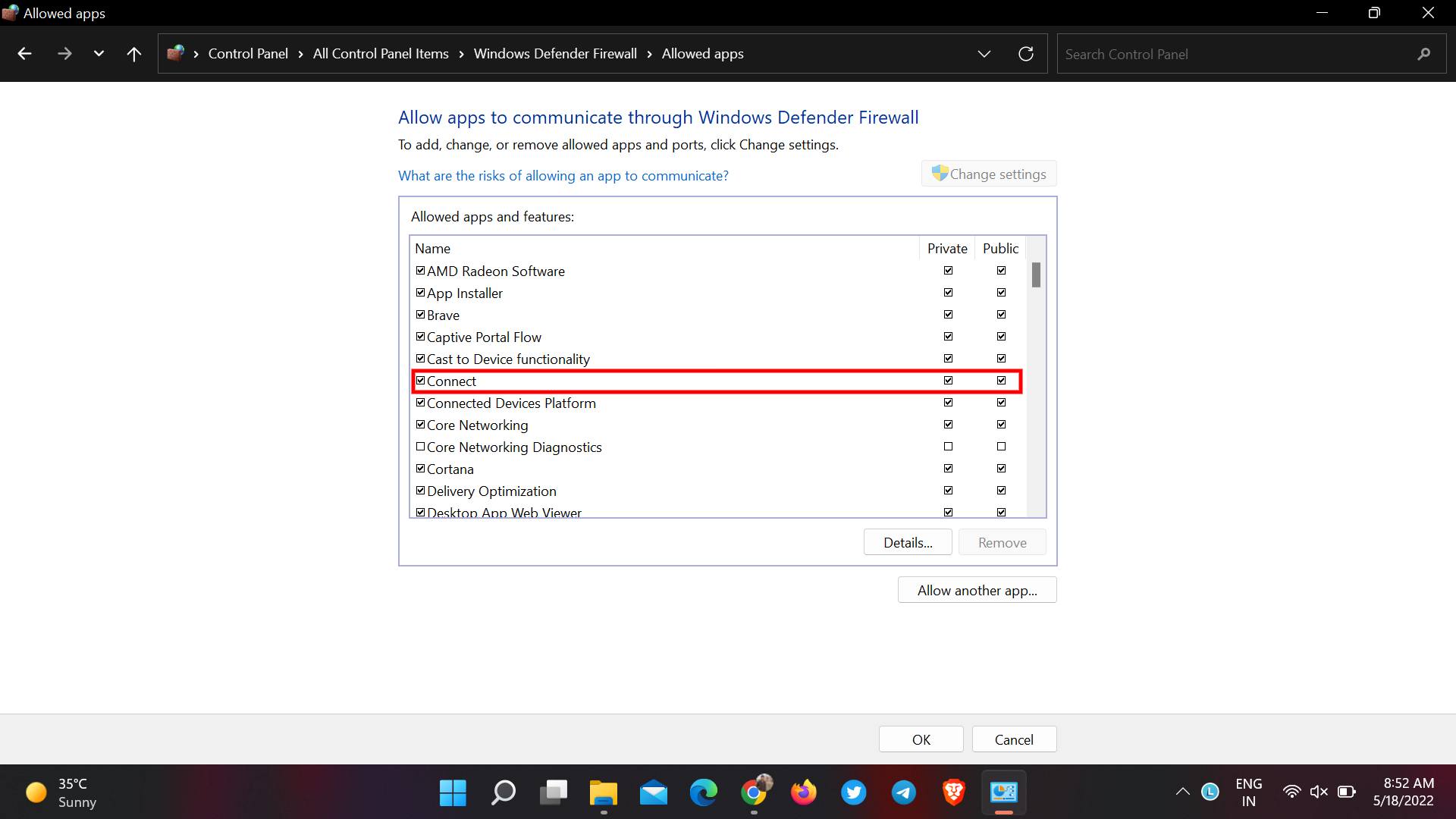
- Click on the OK button to save the changes.
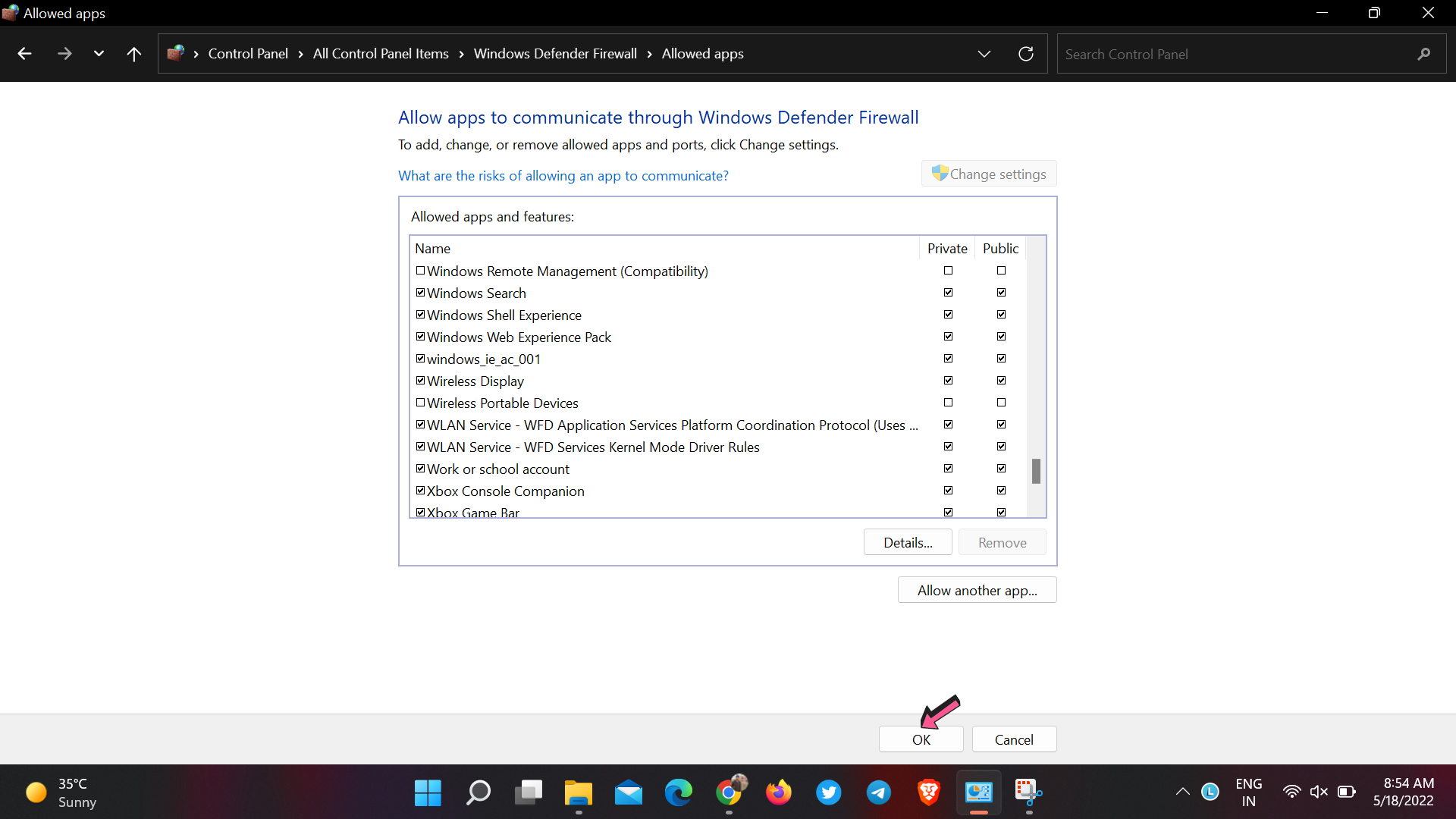
6. Change Wireless Mode Selection Value
There may be an issue with pairing if the default Wireless Mode selection value is set to 802.11 b\g. Settings the option to Auto can help fix the issue.
- Open Device Manager.
- Expand the Network adapters section.
- Right-click on the Wi-Fi adapter and select Properties.
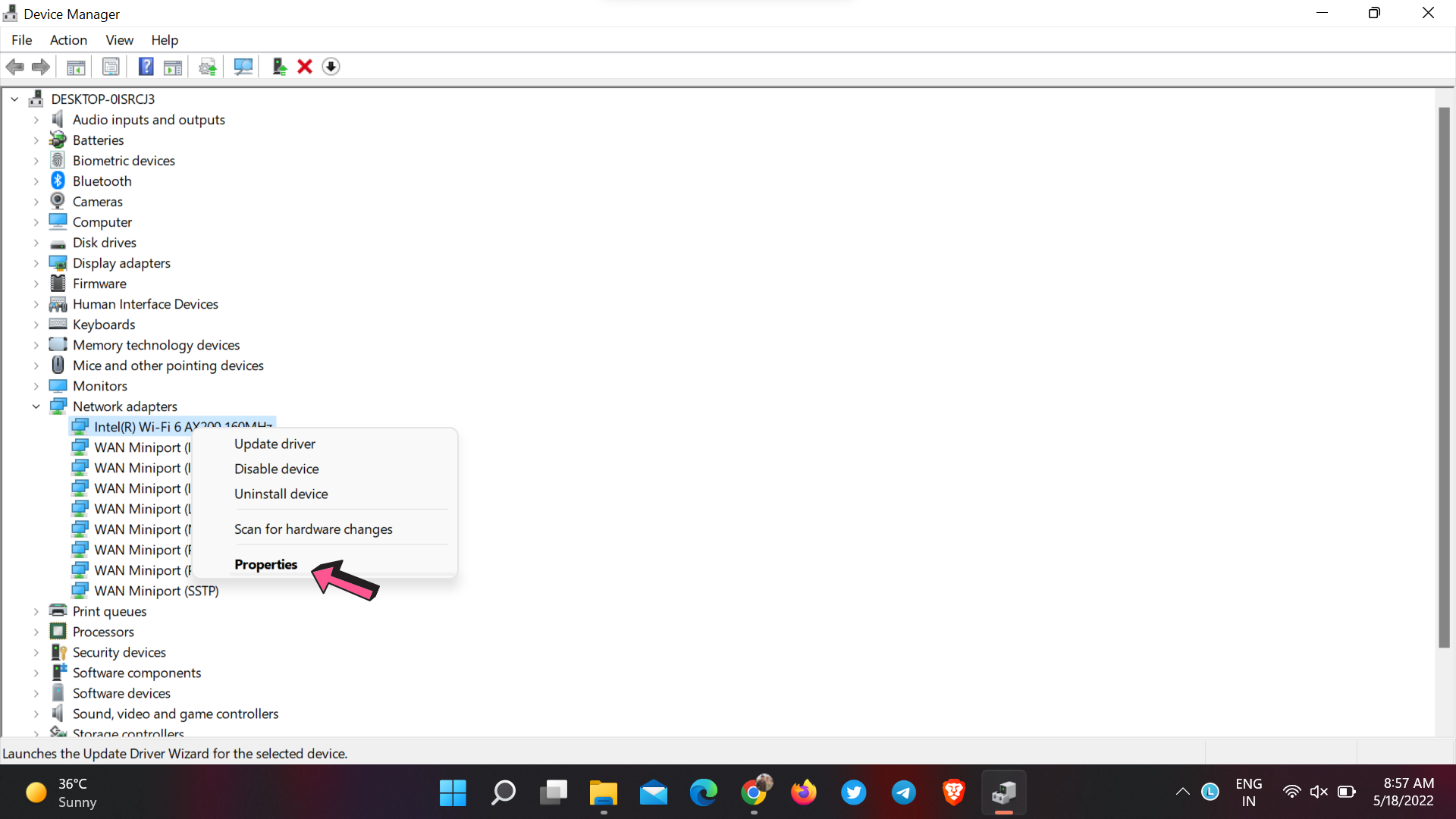
- Under the Advanced tab, you’ll see two options: Property and Value.
- Select 802.11 Wireless Mode as Property and Auto/Dual Band for Value.
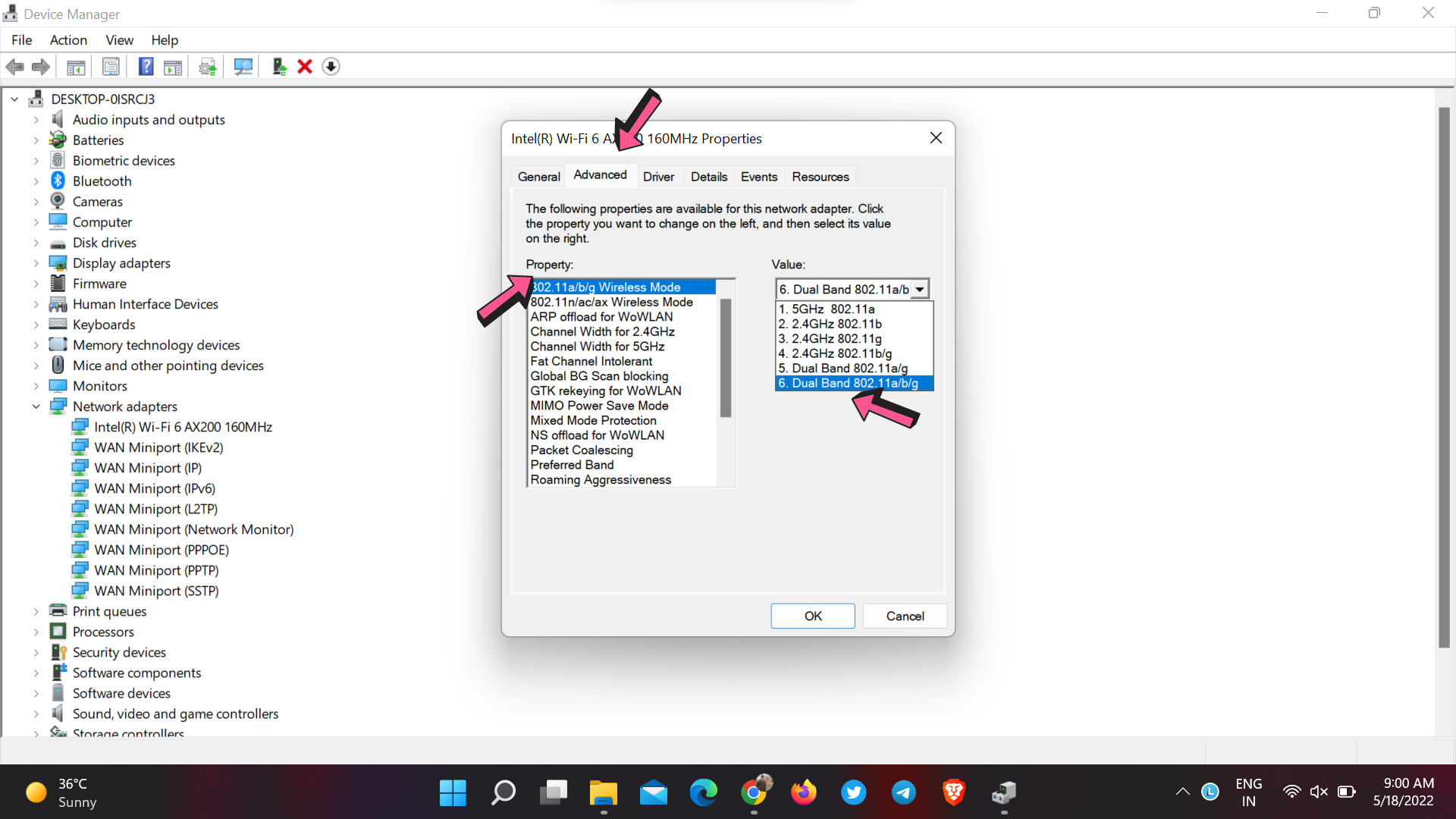
- Tap on OK to save changes.
Also Read
We hope that you were able to fix the issue with Miracast on your Windows laptop. Let us know which method did the trick for you in the comments section below.

Got 2 Pc windows 11 who can miracast each other but 1 of them can’t miracast android to Pc or Pc to samsung TV , Its an Acer A515-52G-57TT . Did all solution you suggest ,non chnage .
Multiple miracast devices and multiple Windows 11 devices cannot connect to each other. None of these fixes did anything for any of my Windows 11 computers.
Windows 10 works fine and all adapters are updated. Installing the optional feature in Windows 10 device
any feedback would be greatly appreciated.